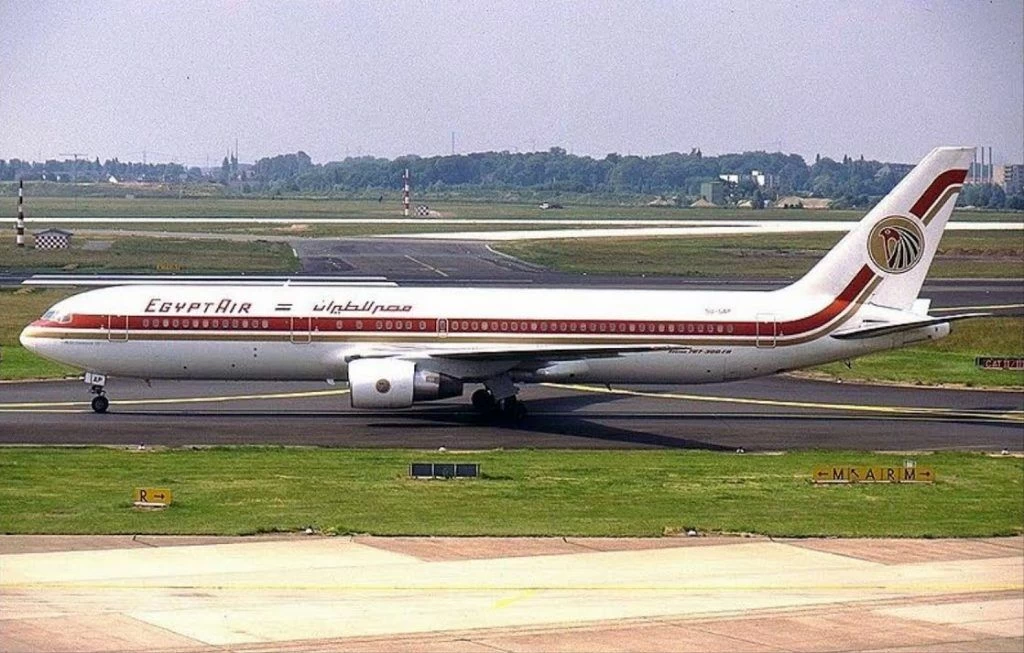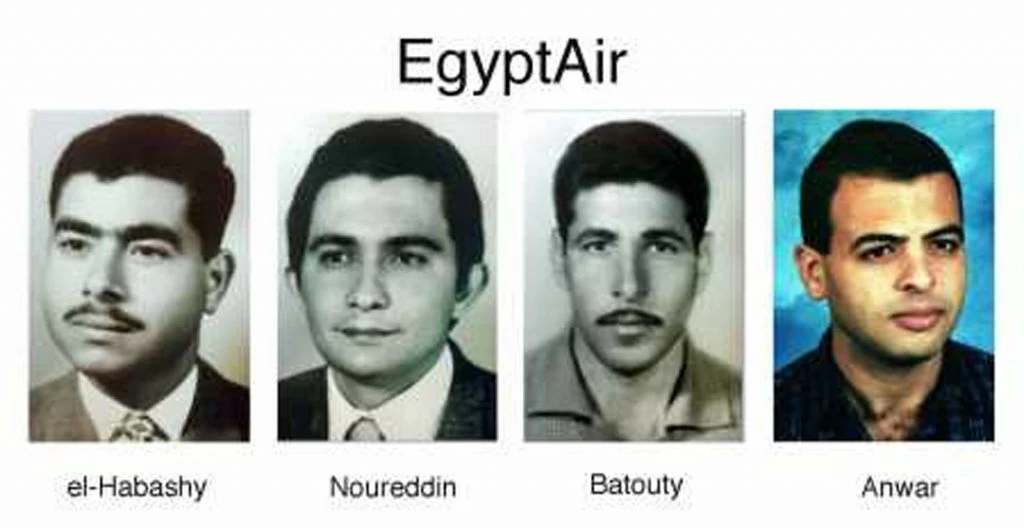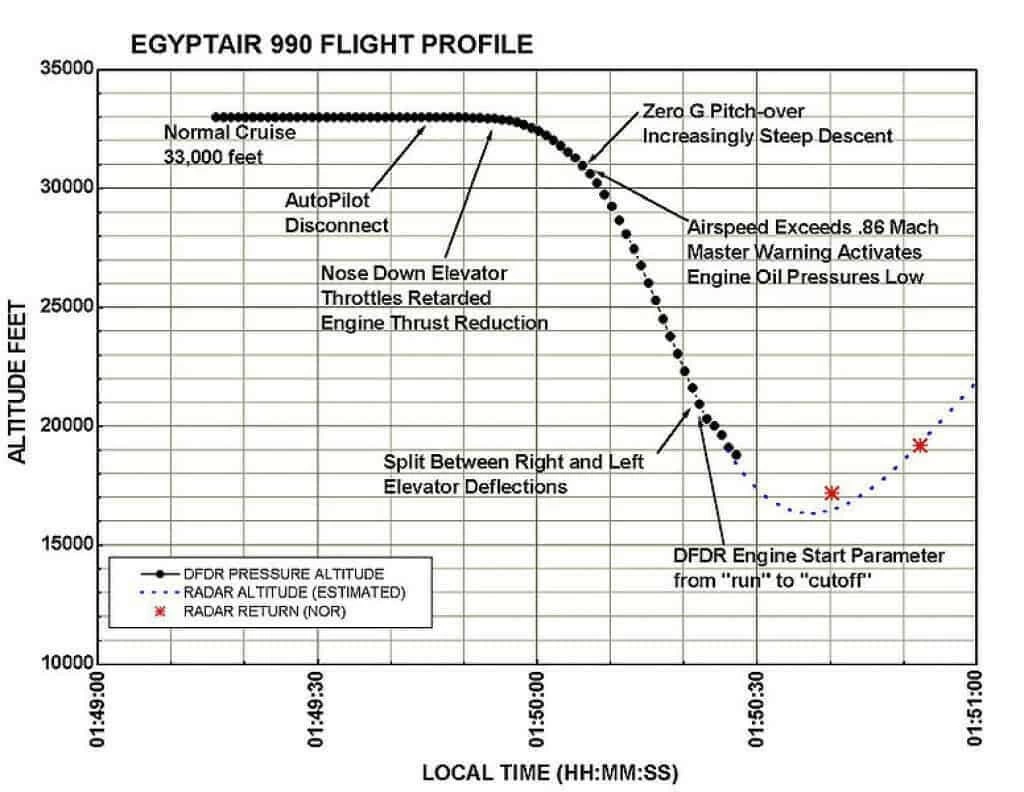EgyptAir Flight 990 was a flight from JFK International Airport in New York to Cairo International Airport in Egypt on October 31, 1999. The flight took off as scheduled and went without a hitch until the flight was over the ocean outside of Massachusetts.
About that time, something went horribly wrong. The plane rapidly descended, nose first toward the Atlantic Ocean. The dive was corrected only to be repeated immediately. EgyptAir Flight 990 nose-dived into the Atlantic Ocean, 60 miles off the coast of Nantucket Island, Massachusetts at 1:50 am. Everyone on board was killed.

The aircraft was a Boeing 767 model 366 ER. The plane was a little bit more than 10 years old. No noteworthy malfunctions were reported prior to the flight, according to investigators and none were found after the crash of EgyptAir Flight 990. However, there has been an ongoing struggle on the part of the Egyptian government to refute the findings of the American investigation. Because the incident occurred in the United States, agencies in the United States conducted the investigation.
NTSB Investigation
The National Transportation Safety Board (NTSB) was put in charge of investigating the crash of EgyptAir Flight 990. They did so with the support of other agencies like the FBI and the U.S. Coast Guard. Their report on the crash was seemingly thorough, if controversial. There were passengers on the EgyptAir Flight 990 from North America, the Middle East, Europe, and Africa, so there was international interest in their findings.
The following is what they believe took place on EgyptAir Flight 990 prior to the crash. Their findings are based on recorded conversations in the cockpit and information gathered from the destroyed aircraft.
Timeline of EgyptAir Flight 990
EgyptAir Flight 990 departed John F. Kennedy International airport at 1:20 AM. There were three pilots in the cockpit at take-off. Ahmed El Habashy was the command captain. The command first officer was Adel Anwar and the relief first officer was Gamil El Batouty. Habashy was meant to control the first part of the flight while Batouty slept. Then they would switch.

Roughly 20 minutes after take-off, Gamil El Batouty told Ahmed El Habashy that he would not be sleeping, so he would like to control the first portion of the flight while Habashy got some sleep. Habashy objected at first saying that Batouty should have told him before, as he had already slept in preparation for the first stretch of the flight. They agreed to switch after Habashy okayed it with the command captain.
Before Habashy relinquished his position at the controls, Batouty left the cockpit for a moment, at which time Habashy made a comment to the command captain that Batouty does “whatever he pleases.” The exchange was short.
Gamil El Batouty Assumes Control of the Aircraft
When Batouty returned at 1:42 am, he took control of EgyptAir Flight 990. At 1:48 AM, the command captain left to use the bathroom, telling Batouty that he would be back. At this point, Batouty was alone in the cockpit.
[blockquote align=”none” author=”Gamil El Batouty”]I rely on God.[/blockquote]
Twenty-one seconds after the command captain left, Batouty said quietly and calmly, Tawakilt ala allah “I rely on God.” Less than one minute later, he disengaged the autopilot and repeated the phrase “I rely on God.” He then moved the throttle from cruise to idle and put in the commands for the plane to go into a steep nosedive.

Of course, we just know that the plane behaved this way. Either Batouty controlled it or EgyptAir Flight 990 had enough malfunctions on board to execute all of these commands without any help.
Immediately after EgyptAir Flight 990 headed towards the Atlantic Ocean, Batouty said, “I rely on God” seven times in eight seconds. Speech analysts concluded that his speech patterns did not indicate stress. In fact, he seemed relaxed. The command captain returned to the cockpit after the seventh “I rely on God.” He said, “What’s happening?” twice. His voice showed signs of stress. The captain managed to direct the plane into a steep climb, but Batouty’s controls were still conflicting, despite the Captain’s order to “pull with me.” The plane went into a second nosedive before EgyptAir Flight 990 met the Atlantic Ocean at a high speed, killing 217 people.
NTSB Singles Out Gamil El Batouty
The National Transportation Safety Board investigation indicates the crash of EgyptAir Flight 990 was a result of actions taken by Gamil El Batouty. The reason Batouty commanded the plane to dive is unknown. There is no available evidence that he was a terrorist or mentally ill. It is truly a mystery. Nonetheless, investigators have shown conclusively that no conceivable malfunction would have resulted in the precise scenario that landed EgyptAir Flight 990 in the ocean.
Egypt Disagrees
Egyptian officials contest the conclusions of the NTSB vehemently. They claim that investigators in the United States were not thorough and that their conclusion is baseless. Their investigation concluded that the crash was a result of a mechanical malfunction.
At this point, it hardly matters. The fact is that the plane crashed and everyone on board died. Batouty may have been a murderer or he may have been a confused pilot. For all we know, he could have been suffering a stroke. The crash of EgyptAir Flight 990 will forever be a mystery without some damning evidence that points at Batouty or mechanics.